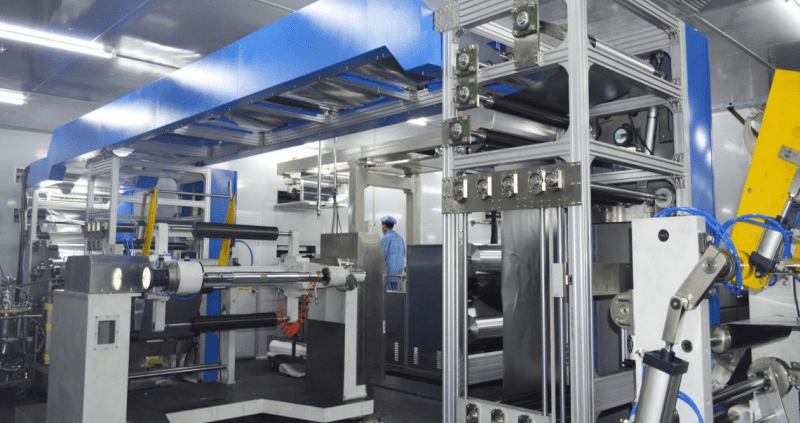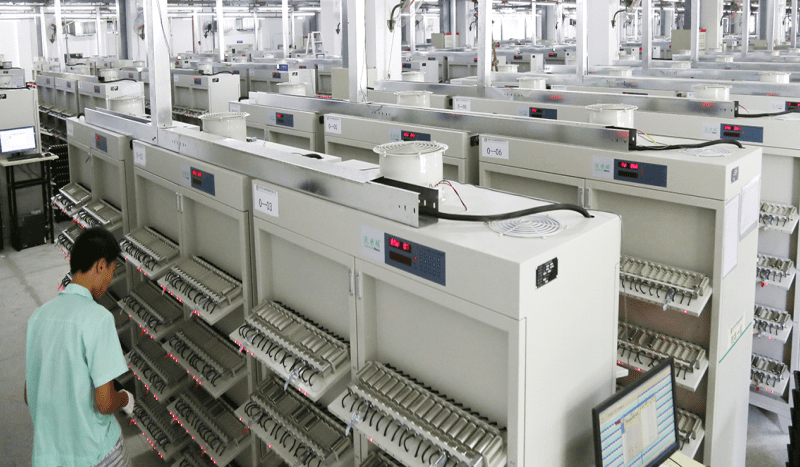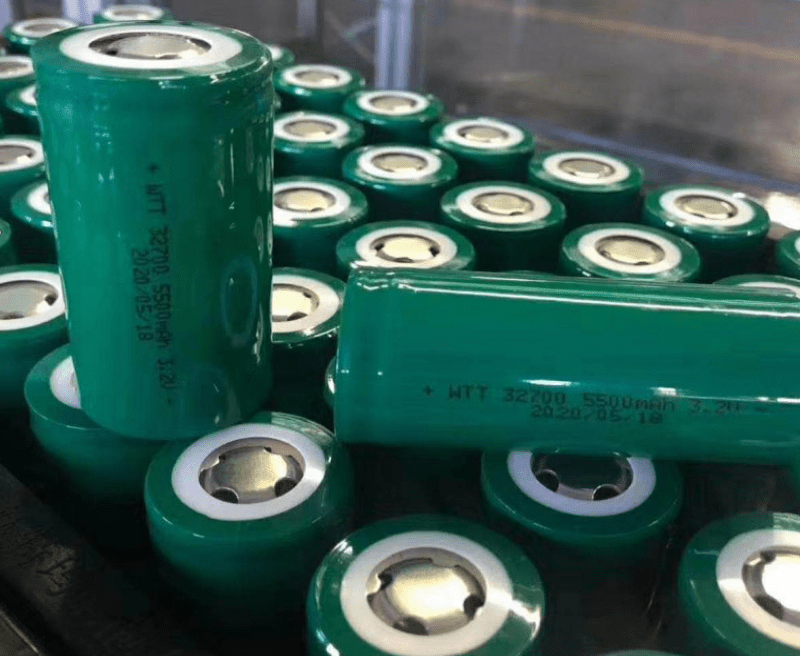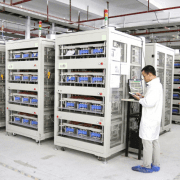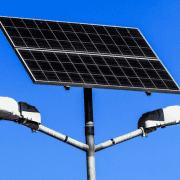Lithium iron phosphate batteries (LiFePO4 battery) or Ternary lithium battery ?
How to choose a solar street light battery?
As we all know, more and more people are buying integrated solar street lights, and one of the keys points of the Solar Street Light quality is the selection of solar street light batteries. Usually, we use Ternary Lithium batteries or LiFePO4 batteries. Let’s compare the difference between the two.
First of all, why we use lithium batteries?
Lithium batteries (Li-ion, Lithium Battery): Lithium batteries are widely used because of their advantages of a lightweight, large capacity and no memory effect. The energy density of lithium batteries is very high, and their capacity is 1.5-2 times that of Ni-MH batteries of the same weight. (SYLVANIA solar street lamps adopted Ni-MH batteries) Lithium also has a low self-discharge rate. In addition, lithium batteries have few “memory effects” and no toxic substances, which are also important reasons for their wide application.
Ternary Lithium batteries and LiFePO4 batteries are the two main types of Lithium Batteries that are used for Solar lighting products.
Ternary lithium battery Vs lithium iron phosphate battery
I: The material system of a LiFePO4 battery and a ternary Lithium battery is different.
II: A LiFePO4 battery is a 3.2V voltage platform, with a cycle life of more than 2000 charges.
III: The ternary lithium battery is a 3.7V voltage platform, and the cycle life depends on different manufacturers, different models, and processes, and generally, it is 500-800 charge cycles.
IV: LiFePO4 batteries offer better high-temperature performance, while ternary lithium batteries have better low-temperature performance.
V: LiFePO4 solar street light batteries are safer.
Further analysis of the two kinds of lithium batteries,
LiFePO4 batteries are characterized by high safety, high rate charge-discharge characteristics and long cycle life. The battery capacity is 80% of the initial capacity after 1600 cycles when the charging condition is 1C multiple charging to 3.65V, then the constant voltage is changed to 0.02C, and then the discharge voltage is 2.0V at 1C multiple charging to 2.0V cut-off voltage. LiFePO4 batteries also have stable charge-discharge characteristics and good fast charge characteristics. In addition to its long life and excellent charge-discharge performance, the greatest advantage of LiFePO4 batteries is their safety. The chemical properties of liFePO4 batteries are stable and the high-temperature stability is good. The LiFePO4 batteries begin to decompose at 700-800 C, and will not release oxygen molecules in the face of impact, needling, short circuit, and so on. It will not produce intense combustion and has high safety performance
The disadvantage of a LiFePO4 battery is that its performance is greatly affected by temperature, especially in a low-temperature environment, where the discharge capacity and capacity will be greatly reduced. In addition, there are some performance defects in lithium iron phosphate. The energy density of the battery is low, only the weight energy density of the battery is 120Wh/kg. If the energy density of the whole stack, including the battery management system, heat dissipation, and other components is calculated, it will be lower. The cost of material preparation and the cost of battery manufacturing are higher, the yield of the battery is low and the consistency is poor. The cost per pack is higher than that of ternary lithium batteries
Ternary lithium batteries refer to lithium batteries containing transition metal lithium-intercalated oxides containing nickel, cobalt and manganese, which can be expressed as LiMnxNiyCo1-x-yO2 (0 < x < 0.5, 0 < y < 0.5). This material combines the advantages of lithium cobalt oxide, lithium nickel oxide, and lithium manganate, and forms a ternary synergistic effect of three materials, whose comprehensive properties are superior to any single combination compound. Weight energy density can reach 200Wh/kg
The safety of ternary lithium batteries is poor. The thermal stability of ternary lithium batteries is poor. They will decompose at 250-300C. When it encounters flammable electrolytes and carbon materials, decomposition will start at a point. The heat generated will further intensify the decomposition of the positive pole, and it will deflagrate in a very short time. In a car accident, the impact of external force can damage the battery diaphragm, which will lead to a short circuit, and the heat generated during the short circuit will cause the thermal temperature to rapidly rise to more than 300 C, creating the risk of spontaneous combustion. Therefore, for ternary lithium batteries, the battery management system and heat dissipation system are very important.
From the solar street light battery knowledge above, you can know whether the light purchased is a high or low-quality version.
If you purchase Integrated solar LED street lamps only marked “Lithium battery”, you have to know it uses LiFePO4 batteries or other Lithium batteries. Most of the time it will be ternary Lithium batteries. If it is ternary lithium power, do not expect a five-year service life guarantee.
Related article:
https://luxmanlight.com/how-to-choose-batteries-for-your-solar-street-light-project/

